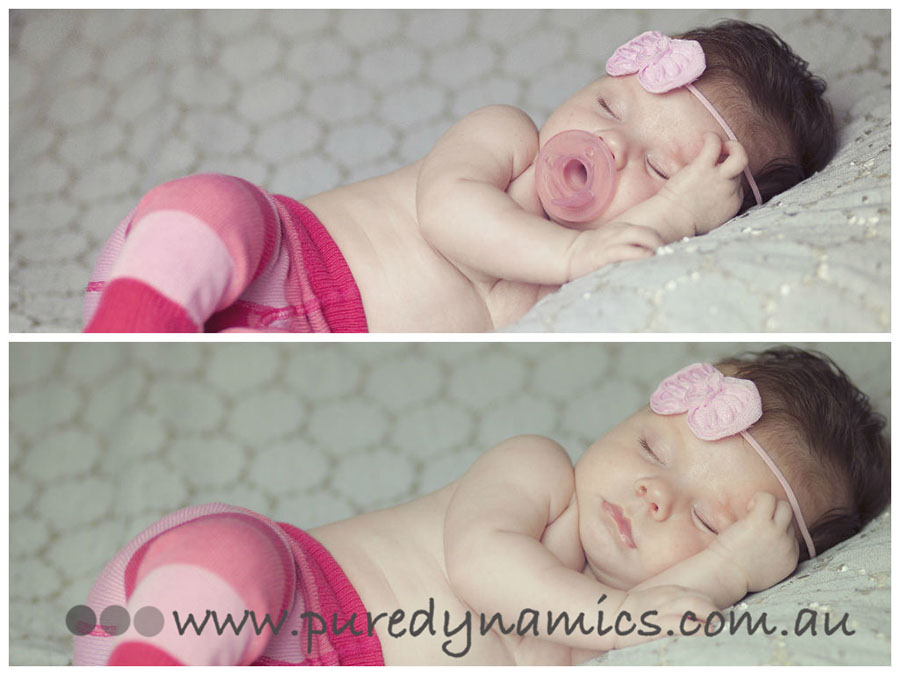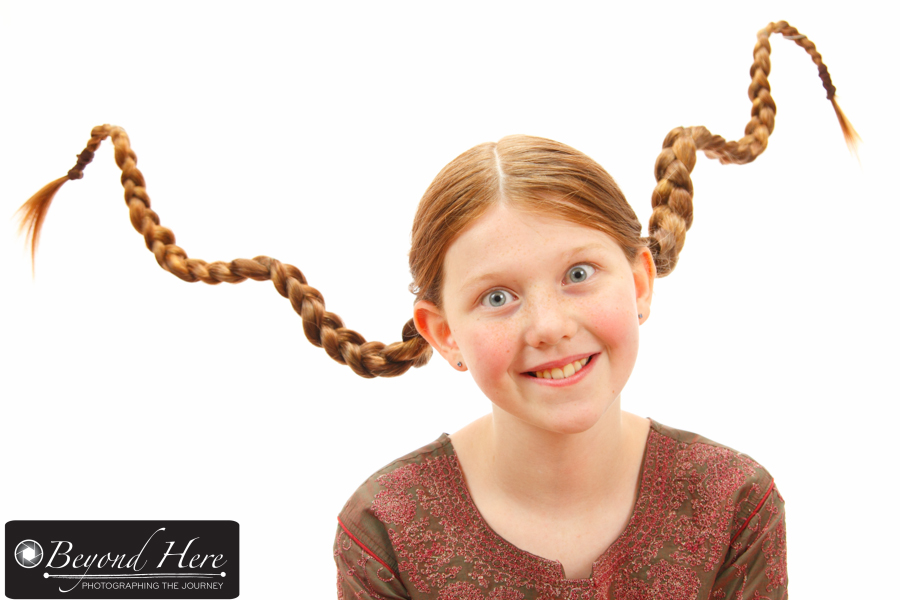In an earlier post on Beyond Here, we discussed How to Build a Home Photography Studio. In that post, I provided a brief overview of the requirements for space, backdrops, and lights. Once you have decided to set up a home photography studio, the decision on lighting is the most complicated and expensive decision. Your choice is between strobes and continuous lighting. Many photographers are familiar with the concept of strobe lighting – they work like large flash units, emitting a short burst of bright light. In this post we look at the question, what are continuous lights?
Very simply, continuous lights are always on. Rather than emitting a short burst of bright light, they emit a continuous stream of light.

An example of continuous lights in a home photography studio
So why use continuous lights? Continuous lights have several advantages over strobe lights.
- What you see if what you get. With continuous lighting the effect on your subject can be seen before the shot is taken. If you want to alter the way the light appears, you can adjust your lights or subject and see the impact before taking the shot.
- They are easy to use. If you are new to studio lighting, strobes can be daunting to learn to use. With continuous lights you literally turn them on and then position the lights and subject to achieve the desired look. They are very straightforward to use.
- Continuous lights can be used for video. It is increasingly common to shoot video with a digital SLR camera. Continuous lights can be used to shoot video – meaning you can shoot both still images and video in your studio using one set of lights.
- They are fairly affordable. The exact price of continuous lights will depend on your location, the number of lights you want, and the power of those lights. It is worth checking with your local photography store or online shops.
To assess whether continuous lights are the right choice for you, it is worth knowing that they have some disadvantages in comparison to strobe lighting too.
- Continuous lights are not as bright as strobes. If you want to ‘freeze motion’ in the studio you will be more effective in using the short, bright burst of light from strobe lighting.
- Continuous lights need a steady power source. If you are planning to leave your lights in your studio, then continuous lights work very well. But if you want your lights to be portable, strobes will be a better choice.
- Strobe lights give you a lot more options in terms of power. With strobe lights you have greater control of the power output from each light, giving many more lighting options in your studio.
I hope this post has been useful in understanding what are continuous lights.



















